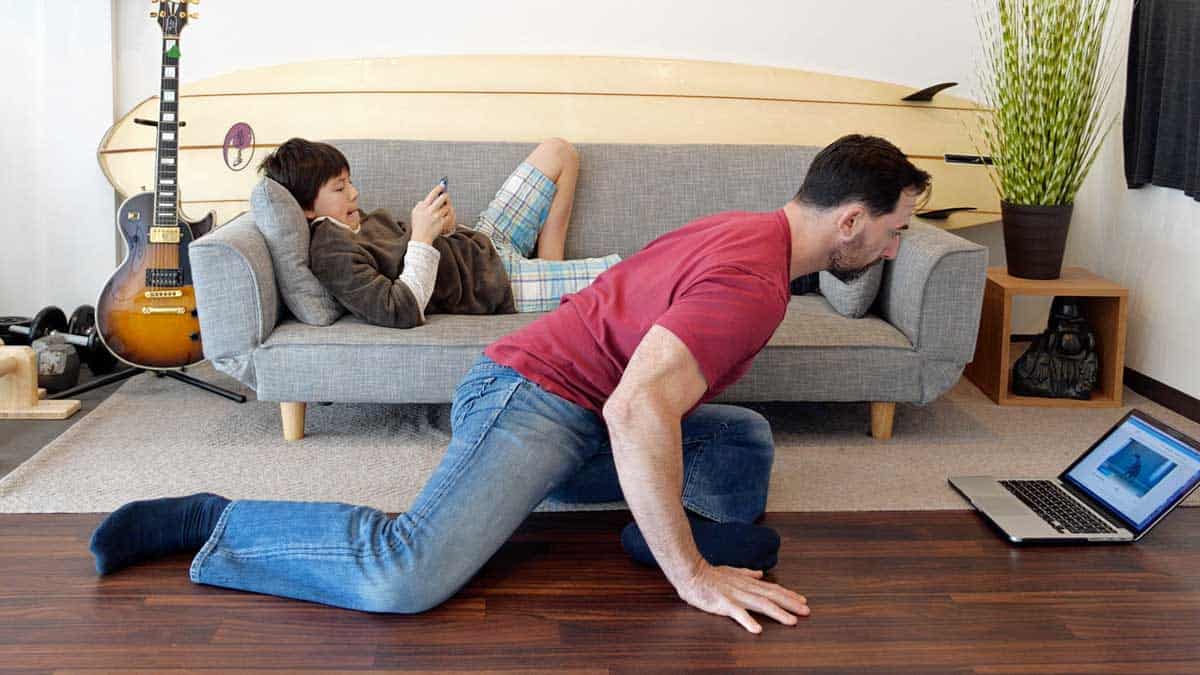Incorporating Movement into Daily Life
With busy schedules and sedentary lifestyles becoming the norm, integrating movement into your daily routine is vital for your overall health. Fortunately, there are numerous practical strategies to increase your daily activity without requiring significant time investment.
Small Changes Matter

One effective way to begin is by making small adjustments to your daily routine. For instance, taking the stairs instead of the elevator is a simple yet impactful choice that boosts heart rate and strengthens lower body muscles. If possible, park farther away from your destination to gain more steps, or get off public transport one stop early and walk the remaining distance[5][11]. Even everyday chores can offer a great opportunity for movement; activities like cleaning, gardening, or even cooking can all contribute to your physical activity levels[6][9].
Active Breaks

Incorporating scheduled breaks into your day to stretch or walk can significantly increase your overall activity. Utilize these pause periods at work or home for quick exercises such as jumping jacks, lunges, or simply walking around to enhance your focus and energy for the remainder of your tasks[4][10]. Setting a timer to remind you to stand up and move every hour can also combat prolonged sitting.
Multifunctional Activities
Many activities can be made more active. For example, while waiting for something to cook, you can do squats or lunges. When brushing your teeth, add calf raises to combine personal care with exercise[5][9]. You can also incorporate movement into your leisure time by engaging in active hobbies such as dancing or biking rather than passive ones like watching television[6][9].
Walking and Talking
Transform meetings and phone calls into opportunities for movement by walking while you talk. Instead of sitting for calls, use wireless headphones to stay mobile. This not only helps break the sedentary habit but may also enhance creativity and mental clarity during discussions[8][11].
Encourage Family Involvement
Getting your loved ones involved in physical activities can make movement more enjoyable. Plan family outings that involve walking or biking, or play active games together. Group activities often lead to increased participation, making exercise feel more like a fun outing than a chore[4][7].
Tracking Progress

Utilizing technology can help you stay accountable and motivated. Fitness apps and trackers can assist in monitoring your daily steps and activity levels. You can also set specific goals, such as completing 10,000 steps a day or trying to walk more distances over the week. This gamification of fitness often encourages people to move more[5][10].
Integrate Movement into the Workplace

If you work from home or in an office environment, consider altering your workspace. Standing desks or stability balls are great alternatives to traditional seating, encouraging more movement throughout the day[9][10]. Additionally, replace some of your seated meetings with walking meetings, which can stimulate conversations and promote physical activity simultaneously.
Emphasizing Enjoyment
Finding activities you genuinely enjoy is key to maintaining an active lifestyle. Whether it’s walking, cycling, or engaging in team sports or classes, the more you enjoy the activity, the more likely you are to stick with it. Utilizing resources like local community centers can provide various options to try out new sports or join fitness classes[3][11].
Concluding Thoughts
Incorporating movement into your daily routine doesn’t need to be complicated. By making small changes, taking advantage of everyday activities, and focusing on enjoyable pursuits, you can significantly enhance your physical activity levels. Every bit counts, and gradually, these changes will contribute to better health and wellbeing. Start today by picking a few strategies that resonate with you and see how they positively affect your health in the long run.
Get more accurate answers with Super Pandi, upload files, personalized discovery feed, save searches and contribute to the PandiPedia.
Let's look at alternatives:
- Modify the query.
- Start a new thread.
- Remove sources (if manually added).